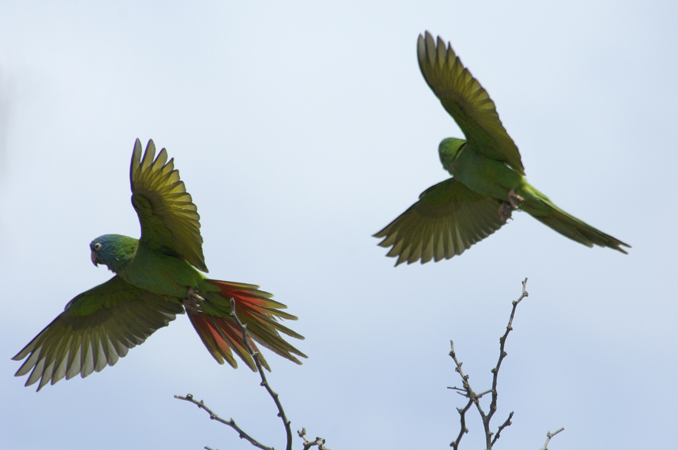Understanding factors driving successful invasions is one of the cornerstones of invasion biology. Bird invasions have been frequently used as study models, and the foundation of current knowledge largely relies on species purposefully introduced during the 19th and early 20th centuries in countries colonized by Europeans. However, the profile of exotic bird species has changed radically in the last decades, as birds are now mostly introduced into the invasion process through unplanned releases from the worldwide pet and avicultural trade. The role of the three main drivers of invasion success (i.e., event-, species-, and location-level factors) on the establishment and spatial spread of exotic birds was assessed using an unprecedented dataset recorded throughout the last 100 y in the Iberian Peninsula. The multimodel inference phylogenetic approach showed that the barriers that need to be overcome by a species to successfully establish or spread are not the same. Whereas establishment is largely related to event-level factors, apparently stochastic features of the introduction (time since first introduction and propagule pressure) and to the origin of introduced species (wild-caught species show higher invasiveness than captive-bred ones), the spread across the invaded region seems to be determined by the extent to which climatic conditions in the new region resemble those of the species' native range. Overall, these results contrast with what we learned from successful deliberate introductions and highlight that different management interventions should apply at different invasion stages, the most efficient strategies being related to event-level factors. informacion[at]ebd.csic.es: Abellán et al (2017) Climate matching drives spread rate but not establishment success in recent unintentional bird introductions. PNAS doi: 10.1073/pnas.1704815114









 Las altas temperaturas están provocando que las lagunas y las marismas de Doñana pierdan agua rápidamente
Las altas temperaturas están provocando que las lagunas y las marismas de Doñana pierdan agua rápidamente



